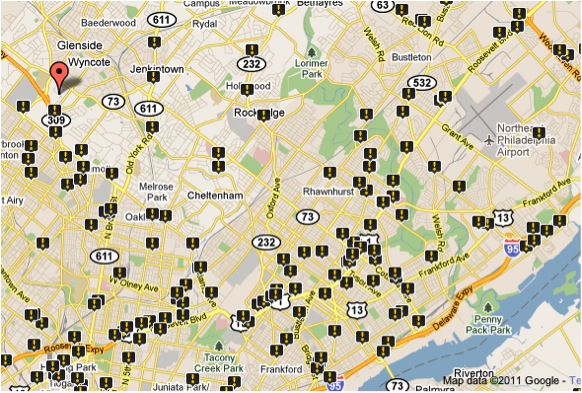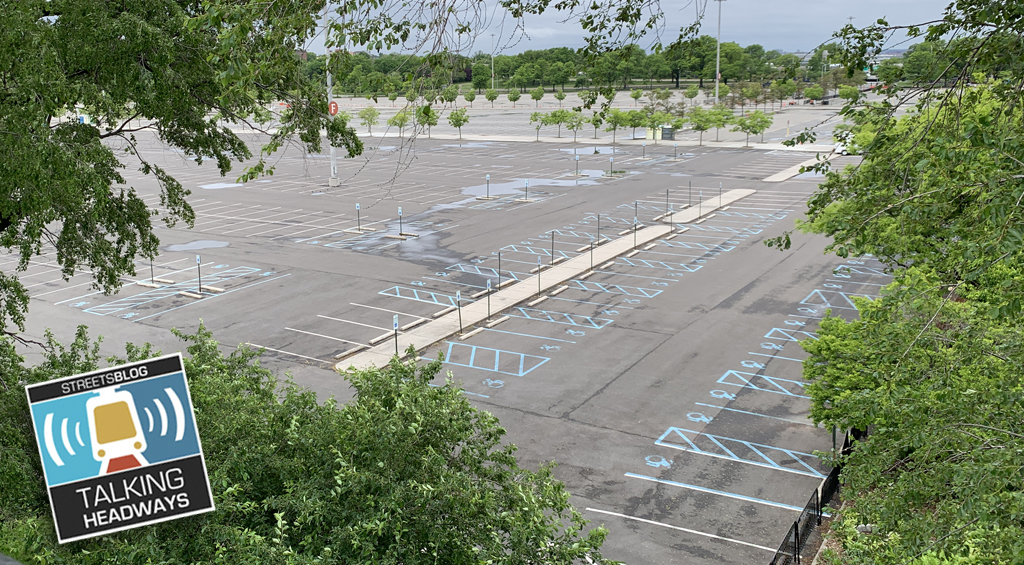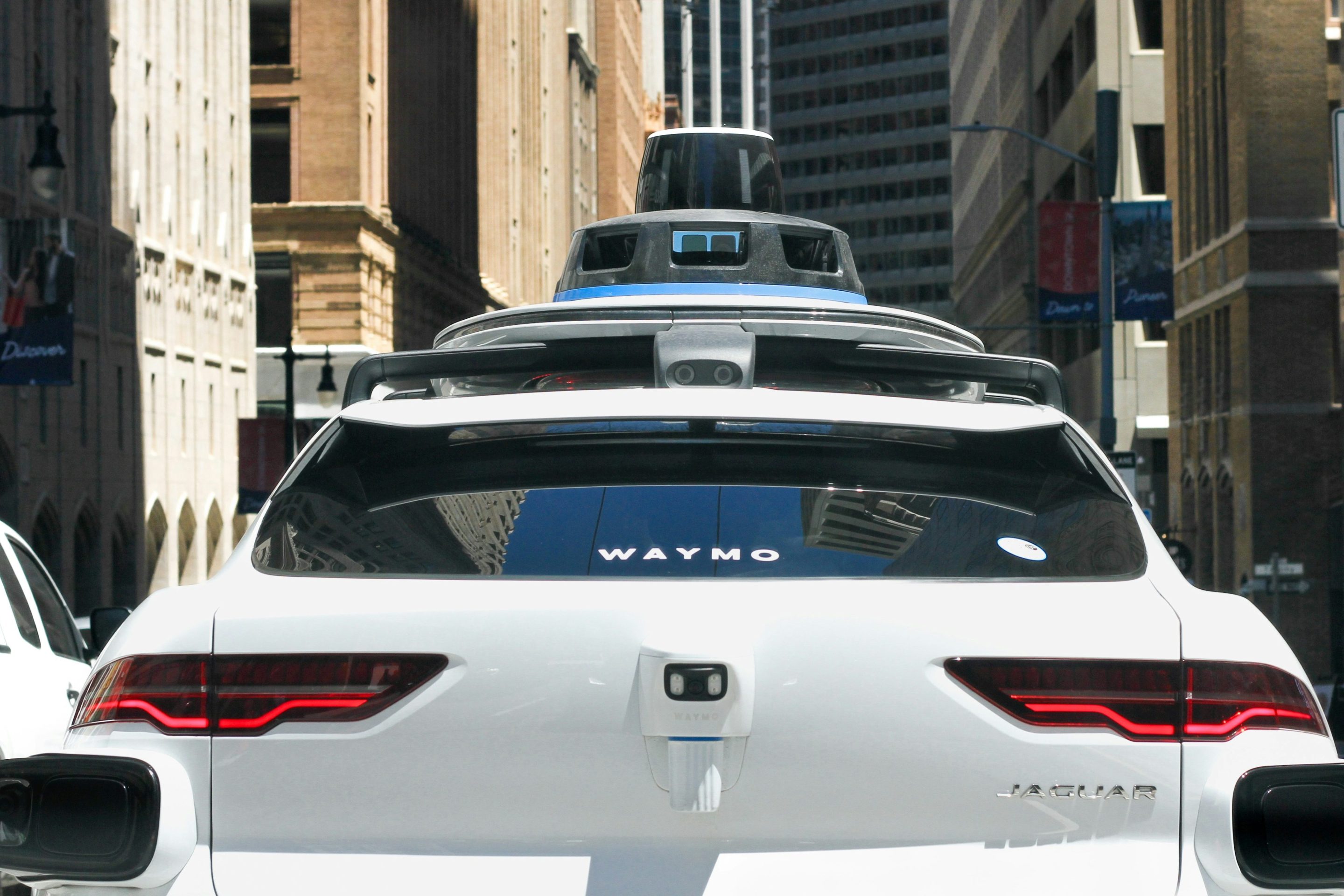Over the last decade, nearly 48,000 people were killed in the simple act of walking. Many of them were on streets built only to accommodate fast-moving cars, without safe places for people to walk or cross the street.
Transportation for America’s new report, “Dangerous by Design,” includes rankings of states and metro areas, but you can zoom in even more precisely on your neighborhood or your kids’ school. Check out their interactive map to find pedestrian fatalities and identify trouble spots near you.
And don’t stop there. T4America is encouraging everyone who supports safer streets to take action and tell Congress to preserve funding for bicycle and pedestrian projects.
If a jumbo jet went down every month, Congress would pass laws left and right. If a consumer product injured someone every seven minutes, the feds would shut down production.
Well, that’s exactly how many Americans are being killed and injured in the act of walking pedestrian-unfriendly streets, according to our report, out today. But in the case of pedestrian safety, our federal tax dollars actually go to build streets that are designed to be perilous to children, the elderly and everyone else.
And yet, right now, some in Congress are trying to kill funding for projects to make it safer to walk and bicycle!
What can be done to reduce the number of deaths on the country’s roads? Barbara McCann of the National Complete Streets Coalition explained how safer street designs save lives.
Since adopting a “complete streets” approach in 2006, Seattle has seen a decline in overall traffic fatalities across the city, she said. All kinds of crashes, not just those involving pedestrians, dropped 21 percent after a street redesign on Aurora Avenue, a major north-south arterial, which was outfitted with new crossings, bus plazas, and other pedestrian facilities. Meanwhile, McCann said, on Stone Way, where trucks, cars and bicycles struggled to share the road, new designs resulted in a 75 percent decline in speeding, a 35 percent increase in bicycle traffic – and a decrease in the rate of bicycle crashes. Pedestrian collisions fell by 80 percent.
In New York City, the DOT has found that installing bike lanes is a boon for pedestrians, too: Serious crashes on streets with bike lanes are 40 percent less deadly than on other streets. Injuries to pedestrians, cyclists, and motorists have fallen steeply on corridors where innovative protected bikeways have been installed -- in some locations, traffic injuries dropped more than 50 percent after implementation.
Meanwhile, the public health community, alarmed by the nation’s obesity epidemic, has been telling people to get out and get active. But in some places, walking for health could be more dangerous than staying sedentary.
“People have tried to say that obesity and diabetes are related to personal behaviors, that people don’t exercise enough and eat the wrong kinds of foods,” said Dr. Tony DeLucia, a leader in the American Lung Association and other public health groups. “But in public health, we’ve started to look upstream at how, since World War Two, the design of the transportation system has been inclined toward automobile, almost exclusively.”
So is this a national issue? According to James Corless of T4America, roads eligible for federal aid funds account for about 15 percent of lane miles in the United States, but 67 percent of pedestrian fatalities happen on those roads. Clearly these roads are being built wrong, using federal taxpayer dollars to engineer and construct a physical environment that put people’s lives in danger. The federal government needs to take note and prevent more needless deaths.






